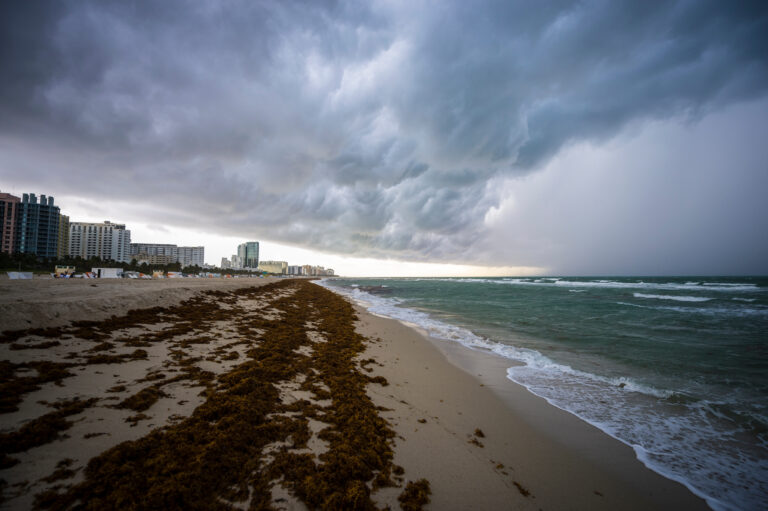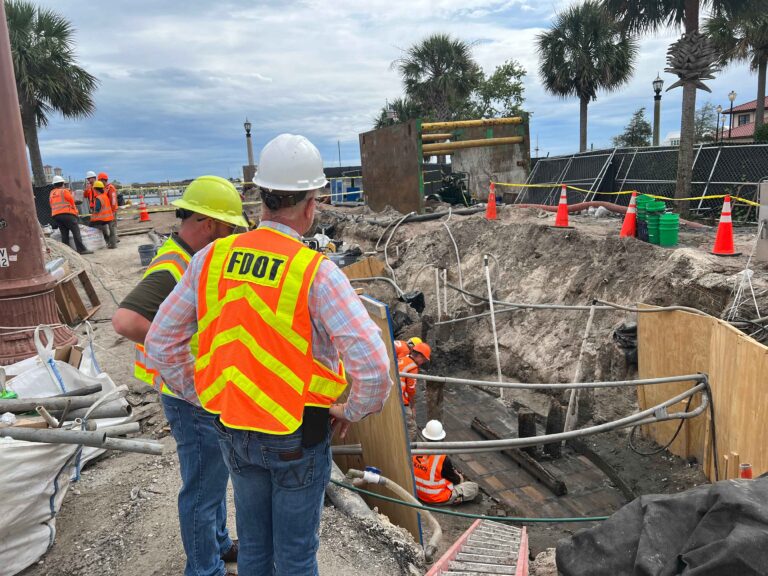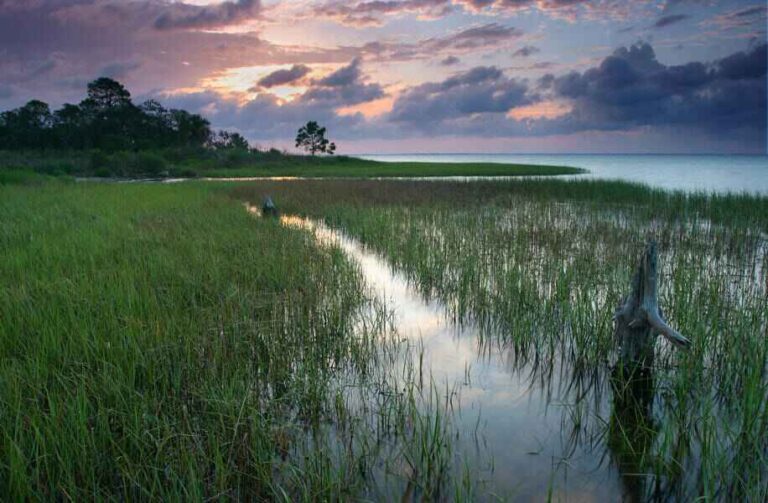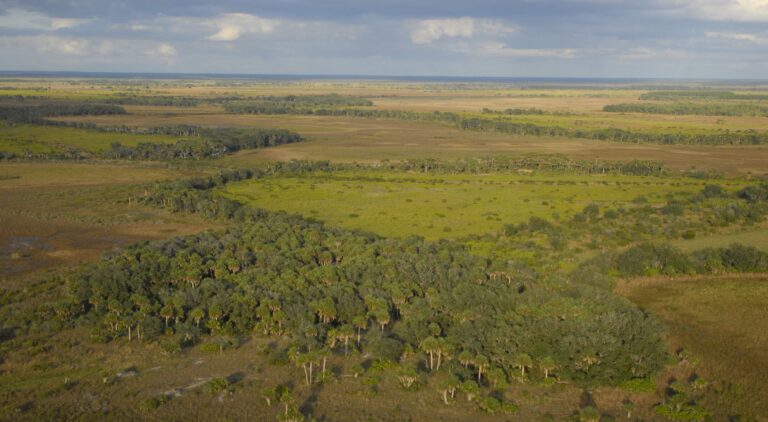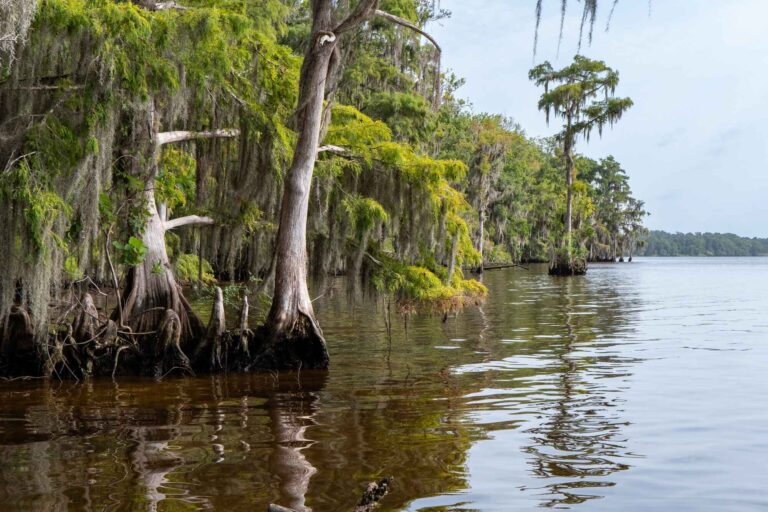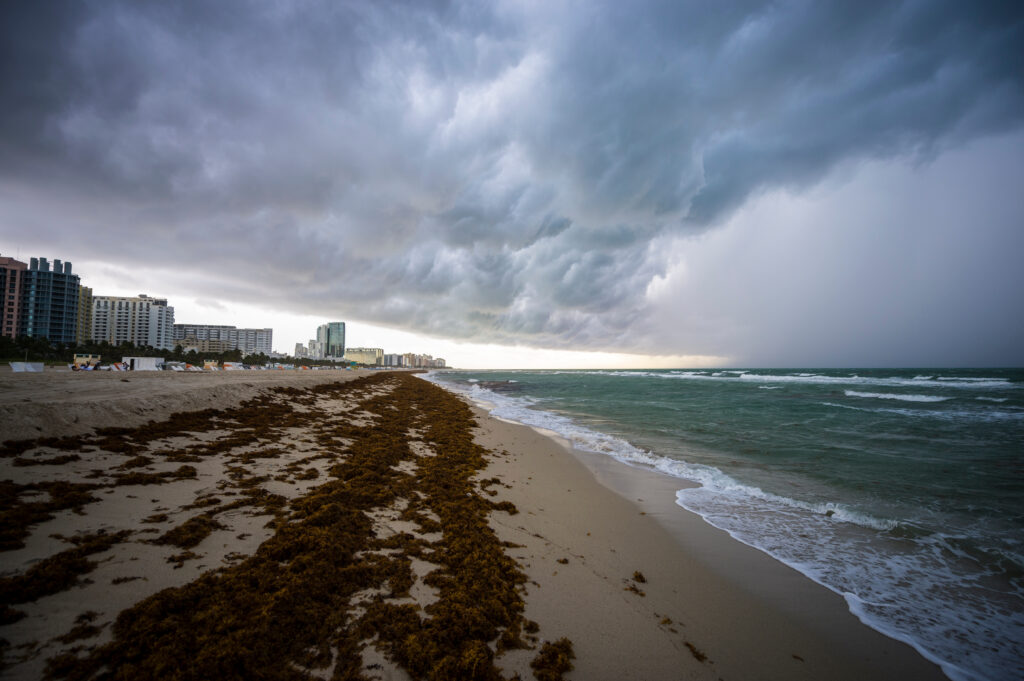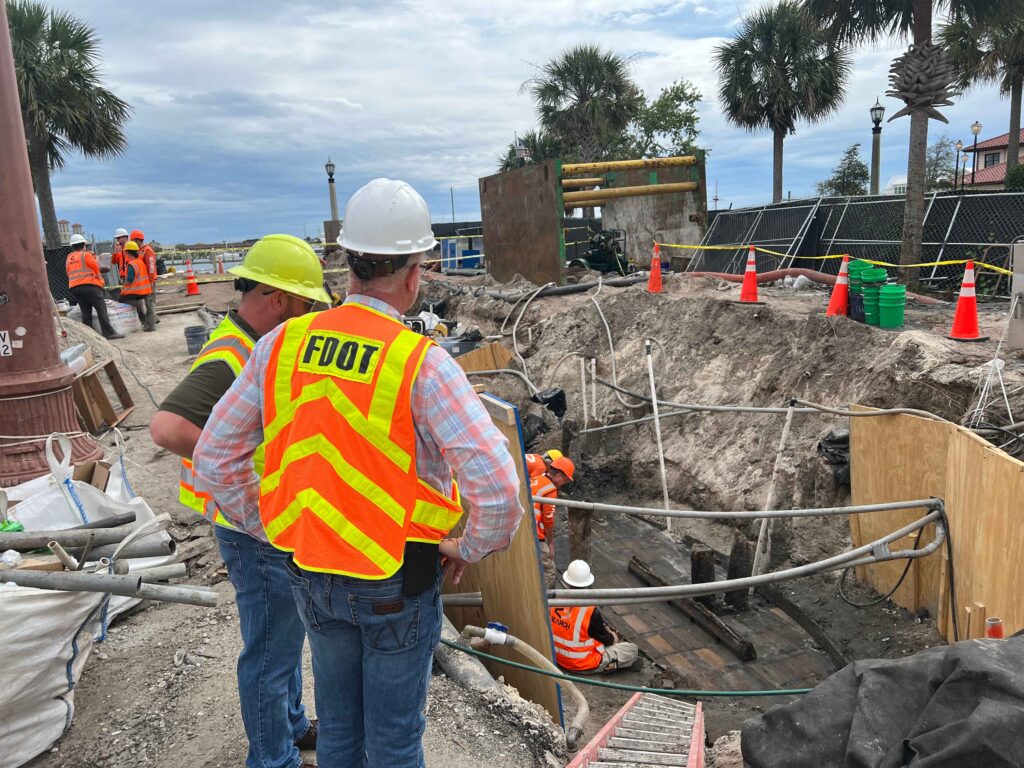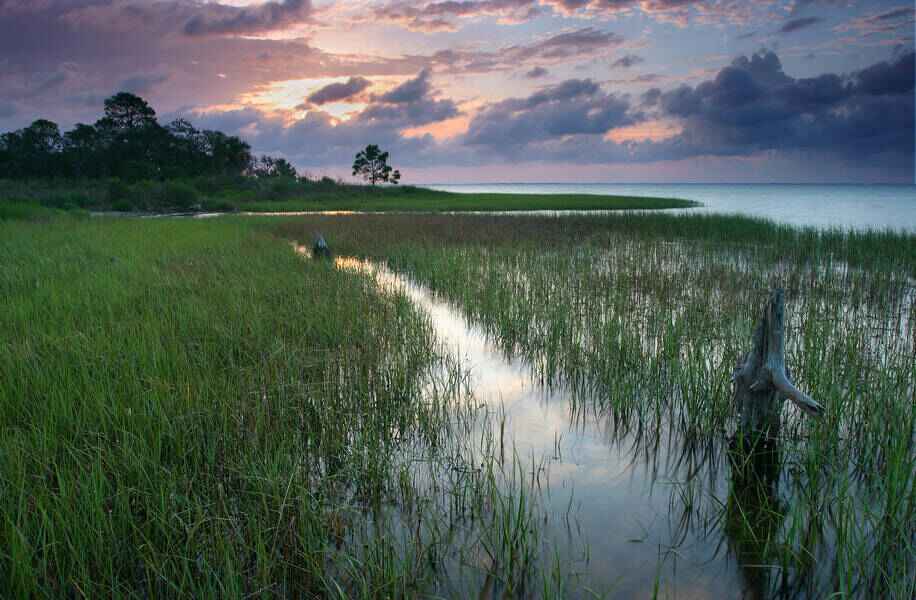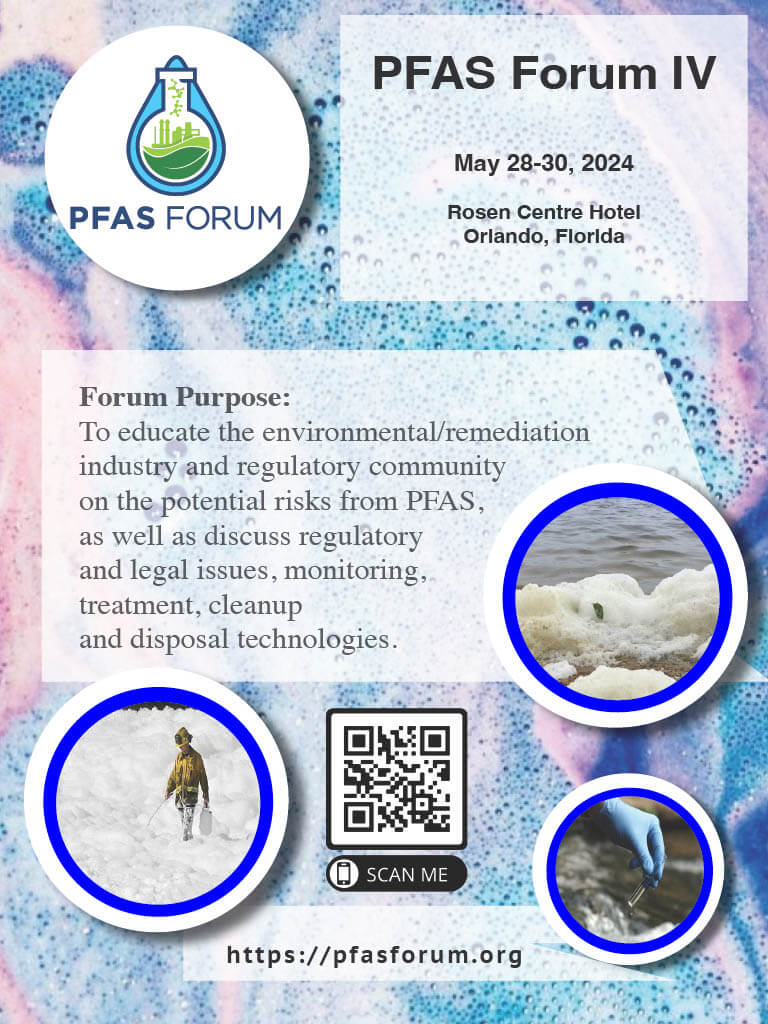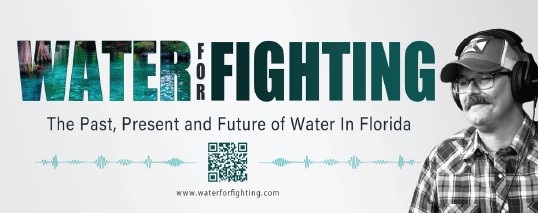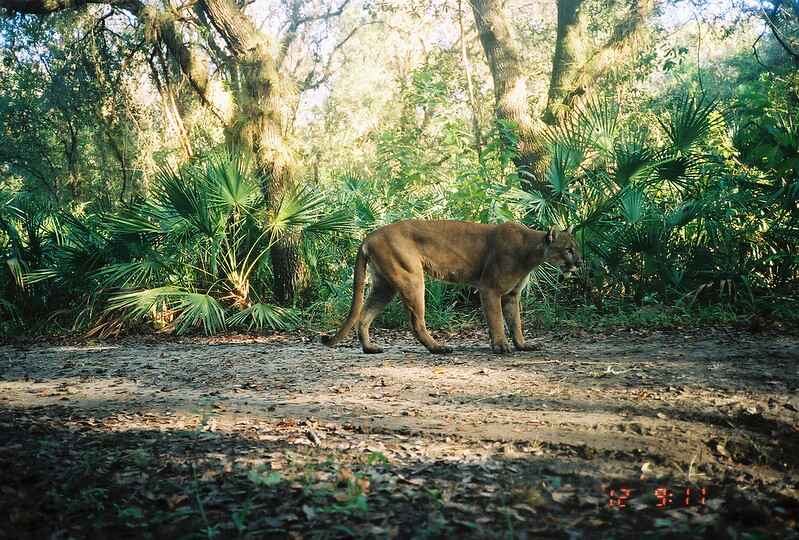
By BLANCHE HARDY
In 2024, Florida has experienced the deadliest year for the Florida panther since 2017, the year the Florida Fish and Wildlife Conservation Commission (FWC) began keeping official records.
FWC recorded 33 deaths through Dec. 22; 22 were from vehicle strikes, the latest recorded on Dec. 12. Previously, FWC’s recorded high was 30 deaths. Prior to FWC starting counts, notable highs included 42 panthers killed in 2015 and then again in 2016.
The Florida Department of Transportation is engaged in Panther recovery to help mitigate these losses. The Department released the FDOT Conservation Plan for the Florida Panther this year. The program establishes a framework for implementing panther recovery efforts into their surface transportation program. The purpose of the Conservation Plan is to provide a framework for net conservation benefit while supporting the US Fish and Wildlife Service (USFWS) recovery goals for the Florida panther.
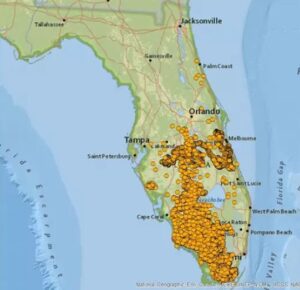
The Department is working closely with Florida agencies and federal partners to minimize impacts to various ecosystems with significant efforts to establish wildlife crossings within panther habitats.
“The Conservation Plan allows FDOT to continue these efforts with an improved emphasis on collaboration with agencies and stakeholders via an annual wildlife crossing prioritization process in the current panther range as well as areas intended to support future range expansion,” said FDOT Deputy Communications Director Michael Williams. “The objectives of this process are to understand the location-specific conditions, select site-specific measures that best address the need, and determine if and when the measure can be funded and implemented.”
According to the U.S. Fish and Wildlife Service (USFWS), the Florida panther was put on the first Endangered species list in 1967. It has rebounded from a population of about 10 to more than 200 in the last 50 years.
Male panthers claim 200-square-mile territories and will often fight with other males who they feel are encroaching. Videos have gone viral in recent years as hunters have caught rare footage of panthers fighting in the wild.
According to FWC, the Florida panther primarily inhabits the Everglades are areas in south and southwest Florida. Panthers have been observed as far north as Palm Coast, but those are rare sightings. The main motivation for the State of Florida’s push to develop the Florida Wildlife Corridor[PG1] is to set aside rural land for protection and to develop pathways for wildlife to cross under or around roads and highways to avoid the risk of vehicle deaths. The corridor is currently nearly 18 million acres.
Implementing FDOT’s goals are designed to help reduce wildlife vehicle collisions, open opportunities for public education and outreach, and open the pathway to developing other innovative conservation measures. The Plan provides several tools, conservation measures, and other processes that can be implemented by the Department in coordination with the USFWS, FWS, and other partners.
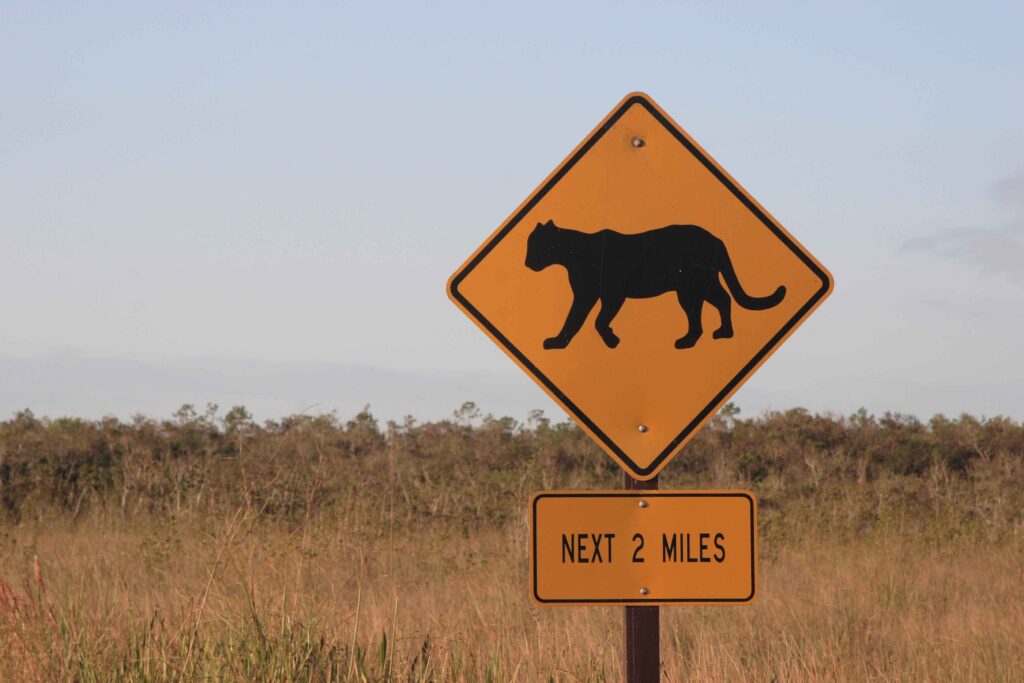
In addition to developing and maintaining data to determine wildlife crossing locations using GIS data, camera trap photos, and similar, the Department will install wildlife crossings as part of the plan. FDOT will develop and enhance guidelines for wildlife crossing design and provide technical support to other entities interested in how to design wildlife crossings. The plan also includes funding for research.
The Department’s Office of Environmental Management oversees compliance with the federal Endangered Species Act. To assist the panther as well as other species, the Department will purchase conservation lands and conduct public outreach and undertake educational measures. “Roadkill is the number one cause of mortality documented for panthers, making it much more difficult for the species’ small population to expand its range northward,” said Elizabeth Fleming, Senior Florida Representative and Florida panther program lead at Defenders of Wildlife. “Florida agencies and environmental groups must work together to focus on securing more interconnected habitat and wildlife crossings and expanding social acceptance for the world’s only breeding population of the Florida panther—the official animal of the fastest-growing state in the country. This year’s mortality numbers once again remind us that if we don’t take meaningful action while we can, there may not be any panther deaths left to count.”
[PG1]Online link to prior Wildlife Corridor story please


